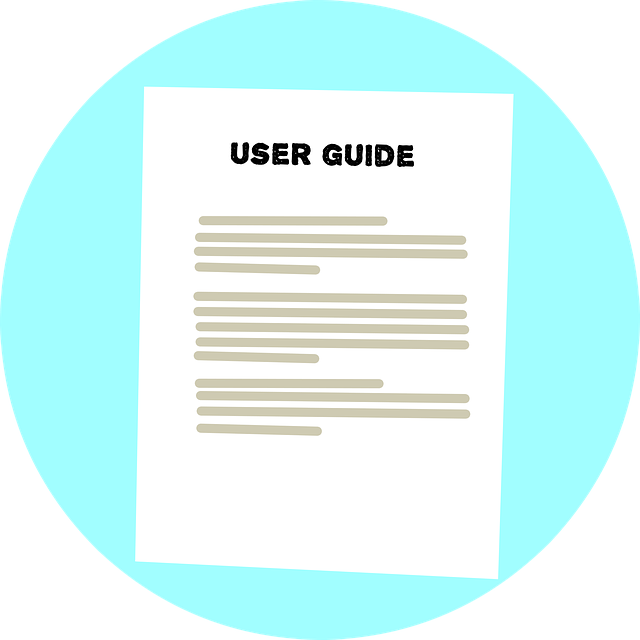How to Margin Trade Crypto: A Comprehensive Guide
Author: Jameson Richman Expert
Published On: 2024-11-26
Prepared by Jameson Richman and our team of experts with over a decade of experience in cryptocurrency and digital asset analysis. Learn more about us.
With the boom of the cryptocurrency market, many traders are looking to maximize their potential earnings by margin trading. But what exactly is margin trading, and how does it work? In this article, we will dive deep into the exciting world of margin trading in both crypto and forex markets.

What is Margin Trading?
Margin trading allows traders to borrow funds to increase their trading positions. Instead of trading with only their own money, they can use leverage to control larger amounts with a smaller investment.
Understanding Leverage
Leverage is a key component of margin trading. It expresses the ratio of funds a trader can borrow compared to their own investment. For instance, with a 10:1 leverage, a trader can control $10,000 worth of assets by only using $1,000 of their own funds.
Advantages of Margin Trading
- Increased Profit Potential: By using leverage, traders can amplify their profits.
- Diverse Trading Opportunities: Margin trading allows users to enter positions that may otherwise be out of reach.
- Access to More Capital: Traders can tap into additional funds without needing to have them on hand.
Risks of Margin Trading
- Increased Loss Potential: Just as leverage can amplify profits, it can also amplify losses. Traders can lose more than they initially invested.
- Margin Calls: If your account balance falls below a certain level, brokers can issue a margin call, forcing you to deposit more funds or liquidate your position.
- Market Volatility: The crypto market is known for its volatility, which can lead to unpredictable outcomes.
How to Get Started with Margin Trading in Crypto
To begin margin trading in crypto, follow these essential steps:
1. Choose a Suitable Exchange
Selecting the right exchange is crucial. Not all exchanges offer margin trading, and those that do vary in terms of leverage options and fees. Popular choices include:
- Binance
- Kraken
- Bitfinex
2. Create a Trading Account
Once you select an exchange, you will need to create an account. This typically involves providing personal information and verifying your identity.
3. Fund Your Account
After setting up your account, deposit funds. Most exchanges offer various payment methods, including bank transfers, credit cards, and even crypto deposits.
4. Learn About Trading Pairs
Familiarize yourself with trading pairs, such as BTC/USD or ETH/BTC. Understanding how these pairs work is vital for making informed trading decisions.
5. Understand Margin Levels and Leverage
Each exchange has specific margin requirements and leverage options.
Tip: Before diving into margin trading, it's essential to thoroughly understand the risks and mechanics involved to avoid unnecessary losses.
How to Margin Trade Forex
While margin trading in cryptocurrency has unique characteristics, the principles mirror those found in forex trading. Here's how to margin trade forex effectively:
1. Select a Forex Broker
The choice of broker is paramount. Look for a regulated broker that offers competitive leverage, low spreads, and a user-friendly platform. Popular brokers include:
- OANDA
- IG Group
- FOREX.com
2. Open a Trading Account
Once you've selected a broker, open a trading account. This usually includes identity verification and agreeing to the broker's terms and conditions.
3. Learn About Forex Trading Pairs
Familiarize yourself with forex trading pairs like EUR/USD or GBP/USD. Knowing how these pairs move is vital to your trading strategy.
4. Decide on a Margin Strategy
Different forex brokers offer various levels of leverage. Decide on a margin strategy that aligns with your risk tolerance. High leverage can lead to significant gains but can also result in considerable losses.
5. Stay Updated on Economic Events
Forex markets can be heavily influenced by economic news, interest rates, and political events. Keeping an ear to the ground allows you to anticipate market movements.
My Opinion: Staying informed during major economic announcements can be the difference between profit and loss in critically timed trades.

Best Practices for Successful Margin Trading
To maximize profits while mitigating risks in margin trading, consider these best practices:
1. Use Stop-Loss Orders
Setting stop-loss orders limits your potential losses by automatically closing your position at a certain price point. This feature is an essential risk management tool in margin trading.
2. Limit Your Leverage
While leverage can amplify profits, it also increases the risk. It's wise to start with lower leverage until you're comfortable with the margin trading landscape.
3. Diversify Your Trades
Avoid putting all your investment into a single trade. Diversifying your portfolio helps spread risk across different positions.
4. Educate Yourself Continuously
The financial markets are always evolving. Continuously educating yourself through webinars, online courses, and books will help you stay ahead of the game.
5. Practice Emotional Discipline
Emotions can cloud judgment. Implementing a well-thought-out trading plan coupled with emotional discipline can help you make rational decisions, especially during volatile market conditions.
Conclusion: Is Margin Trading Right for You?
Margin trading can be an exciting opportunity, particularly in volatile markets such as cryptocurrencies and forex. However, it is not without risks. Understanding those risks, selecting the right platforms, and employing sound trading practices are essential to ensuring that your margin trading experience is not only profitable but also sustainable.
In my opinion: New traders should approach margin trading cautiously. It’s crucial to start trading without leverage first, gradually transitioning into margin trading as they gain experience and confidence.
Remember that successful trading requires continuous learning and adaptation, so keep honing your skills and knowledge for the best chance of success in the world of margin trading!